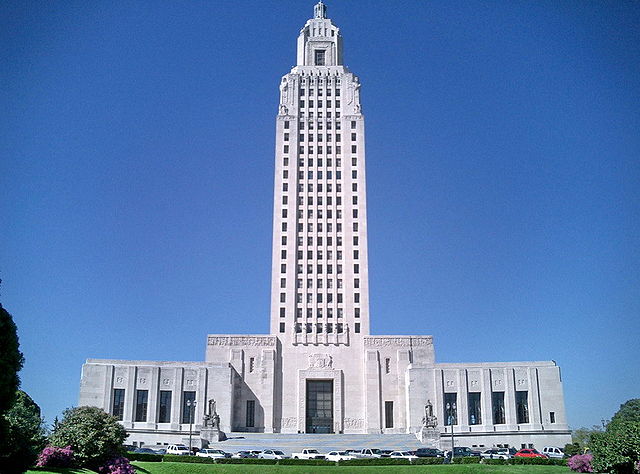 News
NewsLouisiana’s political landscape faces a critical deadline as a US Court of Appeals for the Fifth Circuit on Friday set a January 15 deadline for the state legislature to draw up a new congressional map.
The urgency stems from a previous ruling of a lower court last year that deemed the current political boundaries as diluting the voting power of the state’s Black residents. US District Judge Shelly Dick, in her ruling, emphasized that the “evidence of Louisiana’s long and ongoing history of voting-related discrimination weighs heavily in favor of Plaintiffs.” Consequently, Dick mandated the revision of the map to incorporate a second majority-Black district. This decision, however, was subsequently appealed to the Fifth Circuit.
Failure to pass a new map by the January 15 deadline will prompt the Fifth Circuit to order the lower court to “decide on a plan for the 2024 elections.”
As the deadline looms, the spotlight turns to the state’s Democratic governor, John Bel Edwards, on whether he will call a special session to redraw the political boundaries. Additionally, it remains uncertain if the Governor-elect, Republican Jeff Landry, who takes office on January 8, will have sufficient time to initiate a special redistricting session and meet the court’s imposed deadline.
Louisiana’s current map, used in the November congressional election, has white majorities in five of six districts, even though Black voters constitute a third of the state’s population.
Democrats argue that the map unjustly discriminates against Black voters, advocating for the establishment of two majority-minority districts. Currently, Republicans hold five out of six districts. While Governor Edwards has not called for a special session yet, he wants redistricting to represent the state accurately. In a written statement, Edwards said, “This is about simple math, basic fairness, and the rule of law.”
Republicans, who control the state legislature, assert that the map is equitable. They contend that Black populations in the state are too scattered to form a cohesive second majority-Black district.
The battle for Louisiana’s GOP-drawn congressional map has unfolded for over a year and a half, marked by a fierce interplay of politics and legal disputes. Governor Edwards wielded his veto power against the proposed political boundaries earlier this year, and lawmakers responded by overriding the governor’s objection and turning it into law. That marked the first time in nearly three decades of Louisiana history that the legislature rejected a governor’s refusal of a bill they had previously passed.

